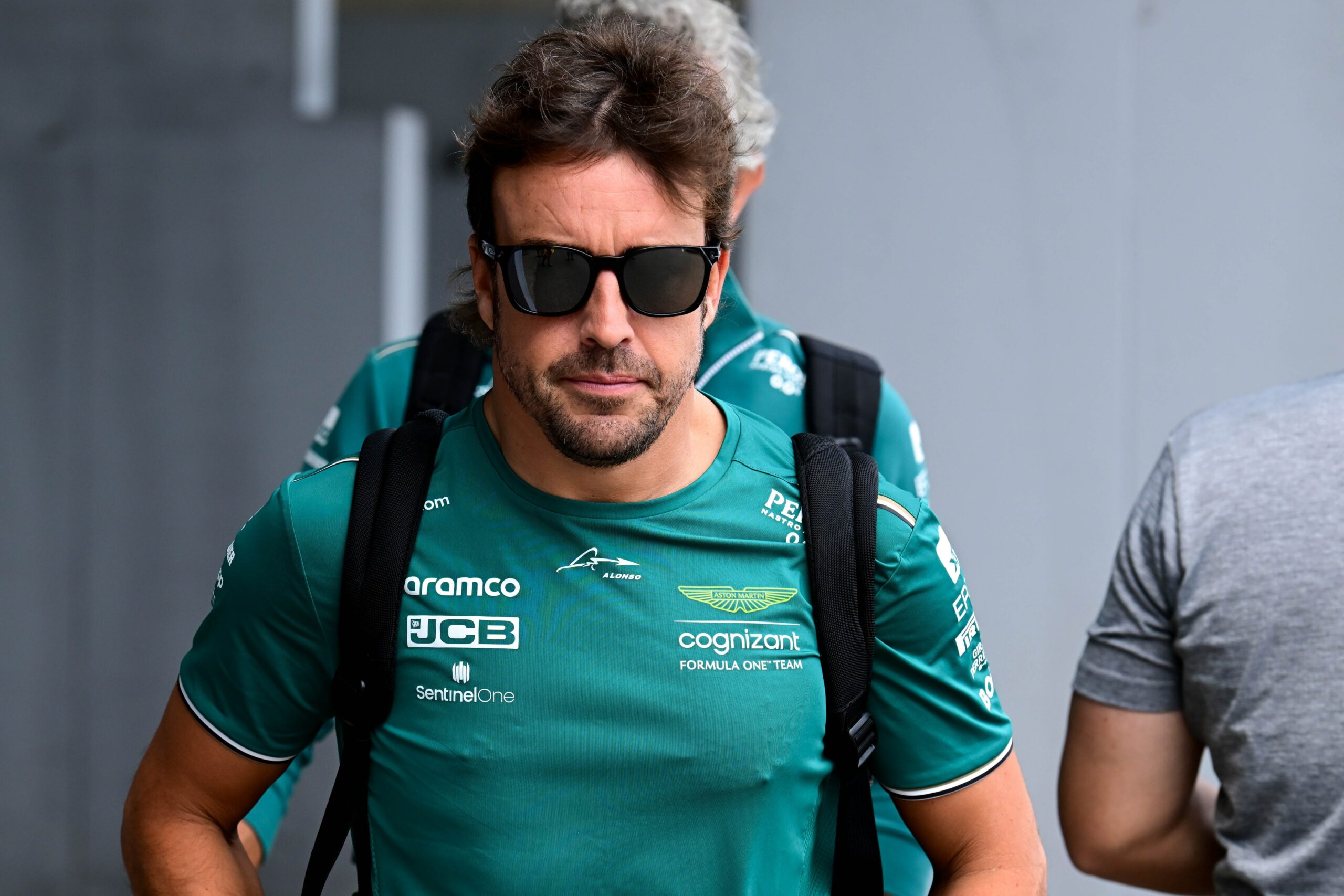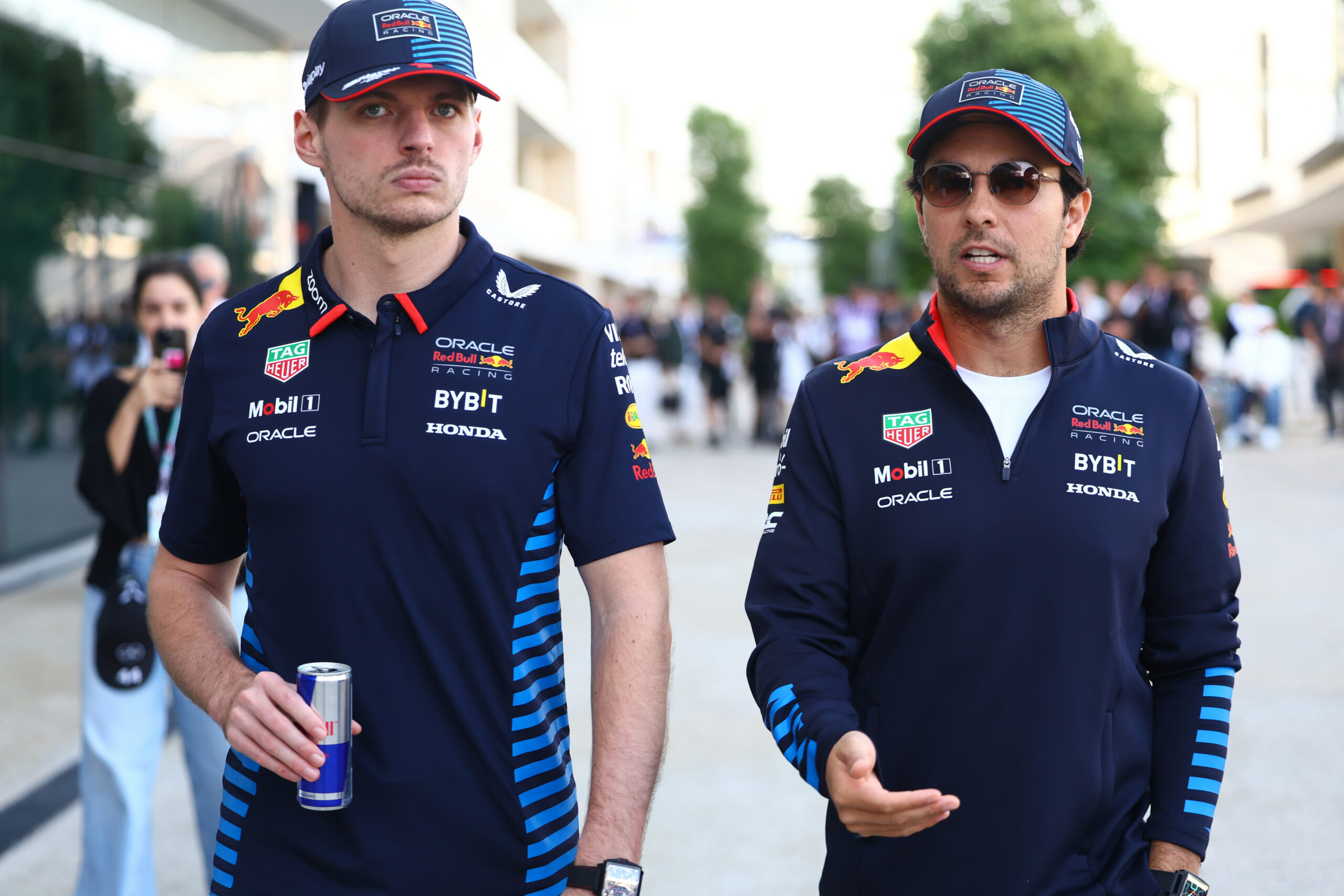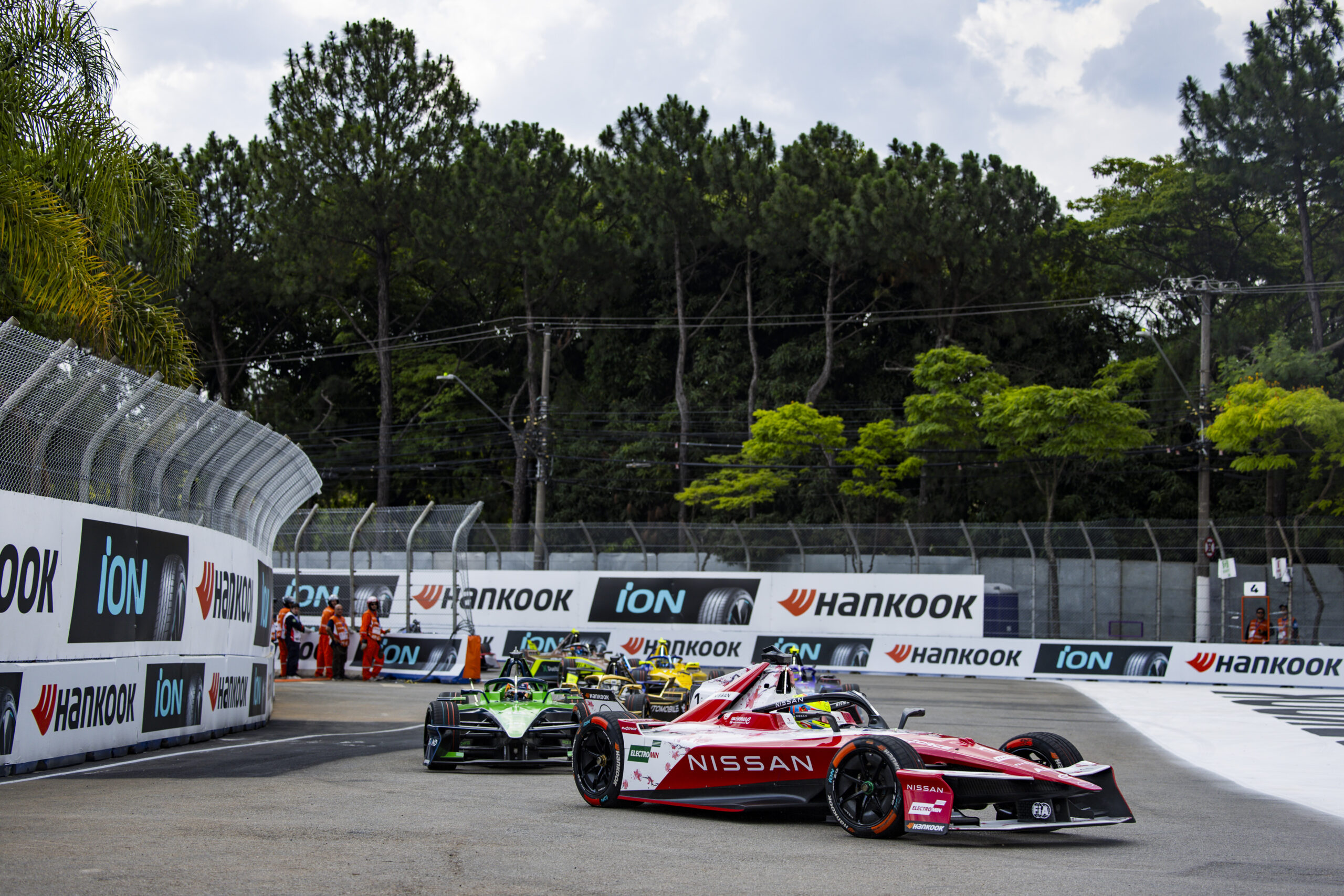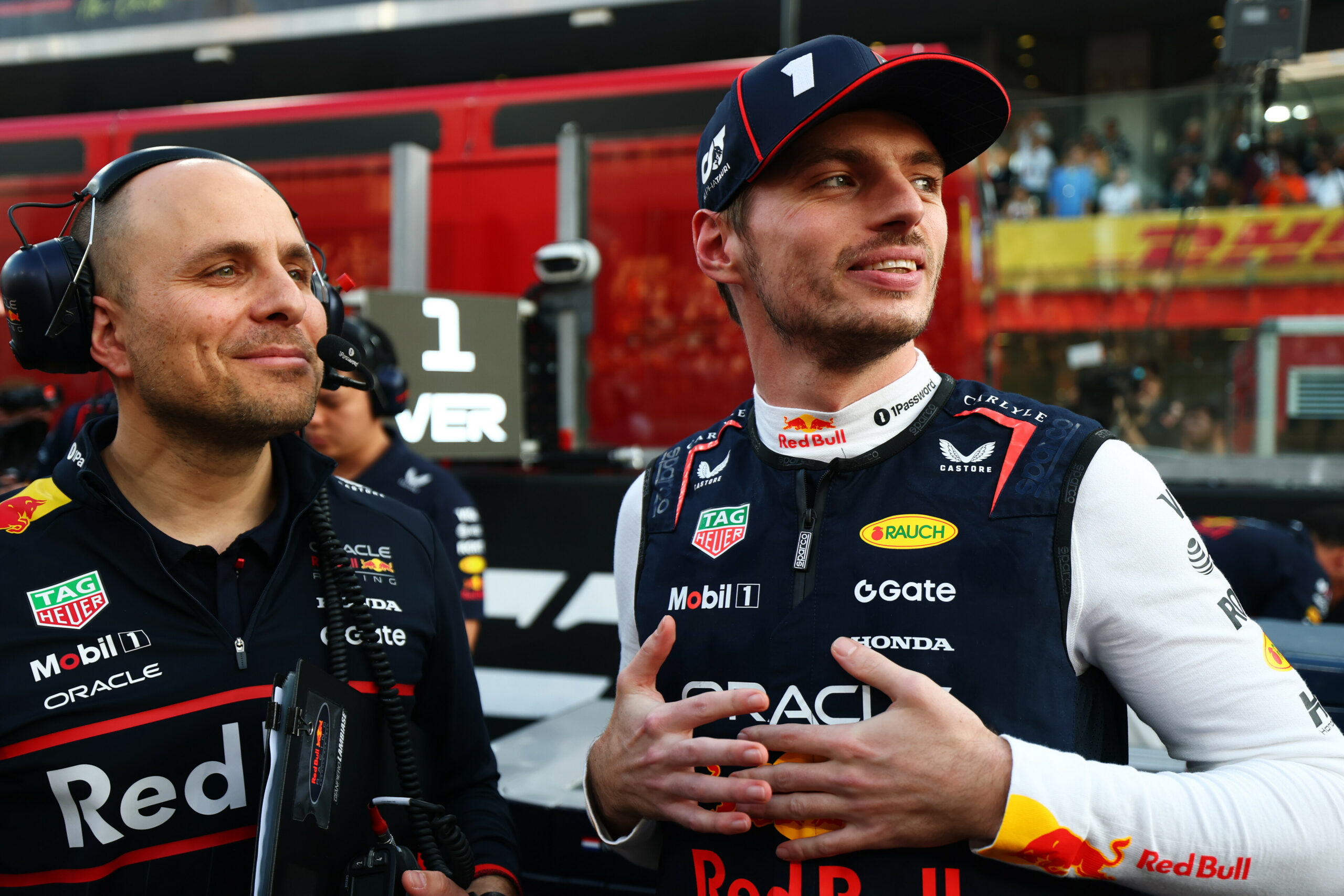Formula 1 has recently experienced an unusual streak of nine consecutive races without the appearance of a Safety Car. This marks the longest drought since the gap between the 2003 Hungarian Grand Prix and the 2004 Spanish Grand Prix, with even the notoriously chaotic Singapore Grand Prix being completed without a single Safety Car deployment.
There hasn’t been an obvious reason for the relatively incident-free run that began after a chaotic but brilliant Canadian Grand Prix. However, Fernando Alonso, has proposed a theory suggesting that the nature of the current ground-effect cars may be a contributing factor.
Alonso believes that a particular characteristic of the modern F1 cars may be responsible: driving at less than 100% can sometimes be faster as these modern cars are very unpredictable.
He notes that when drivers push their cars to the very limit, things can “fall apart,” whereas driving at around 90% can provide both speed and stability. “These cars are not easy to drive, but I think the problem of these cars as well is to extract the 100%,” said Alonso.
“So if you drive at 90%, sometimes you are faster because you don’t put the platform in an inconvenient angle or ride heights. You are not pushing the limits, and it’s where everything falls apart. So sometimes driving at 90% is fast.”
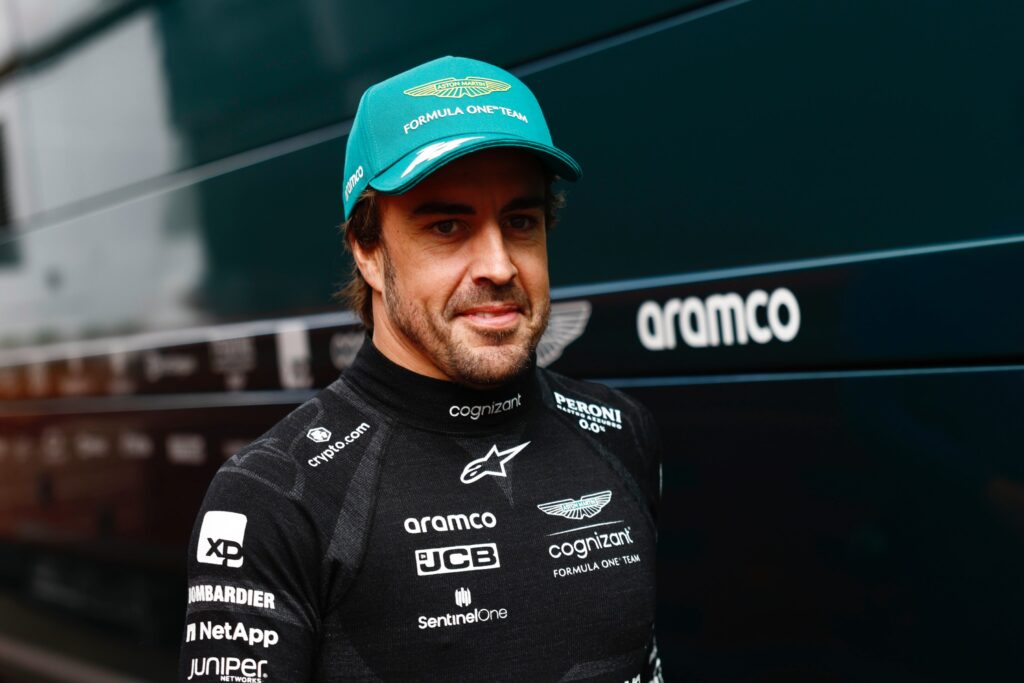
Alonso’s experience during qualifying sessions supports this theory. He pointed to the example of this year’s Azerbaijan Grand Prix in Baku, where he saw a dramatic change in his lap time over the course of just a few minutes.
Had Lando Norris got a proper qualifying time in at the end, he would have been out. In Q2, he improved by over a second and made it through to Q3.
“I was P15 in Q1, with Lando’s problem. If not, I was starting 16th in the Grand Prix and out of Q1. Seven minutes later, I put on another set of tyres, and I was P5 in Q2. I improved like 1.1 seconds. I was driving the same,” he explained.
“I was braking at the same points. It was the same preparation in that lap, but I was able to improve 1.1 seconds. And some of us did the opposite: they were very fast in Q1 and very slow in Q2, and sometimes we don’t find explanations of when we are fast, when we are slow, and why.”
Alonso highlights that the modern cars, with their numerous sensors and data points, can reveal minor differences that significantly impact performance.
“If you go into the details and the unlimited number of sensors we have in the car, we can spot the small differences when the car is slow. We put the car in different attitudes that maybe the car is just not happy and this kind of thing.”
This variance in performance between qualifying and race conditions also helps explain why crashes and Safety Cars have been less frequent. Alonso believes that since drivers manage aspects like tyre wear and fuel economy during races, they tend to drive at a more consistent and less risky pace, reducing the chances of accidents.
“That’s why sometimes in the races, because we all drive at 90%, we have to take care of the tyres, the fuel economy, all these kinds of things, we don’t see too many problems and we don’t see too many Safety Cars or accidents,” he noted.
Ultimately, Alonso sums it up by saying that while drivers instinctively want to push the car to its limits, the current generation of cars seems to “be happier” when handled more conservatively.
“It’s a little bit against the instinct of the driver which is that you put a new tyre, you go to qualifying and you drive 110% if you can. But, with this car, sometimes it is something that you have to manage.”

